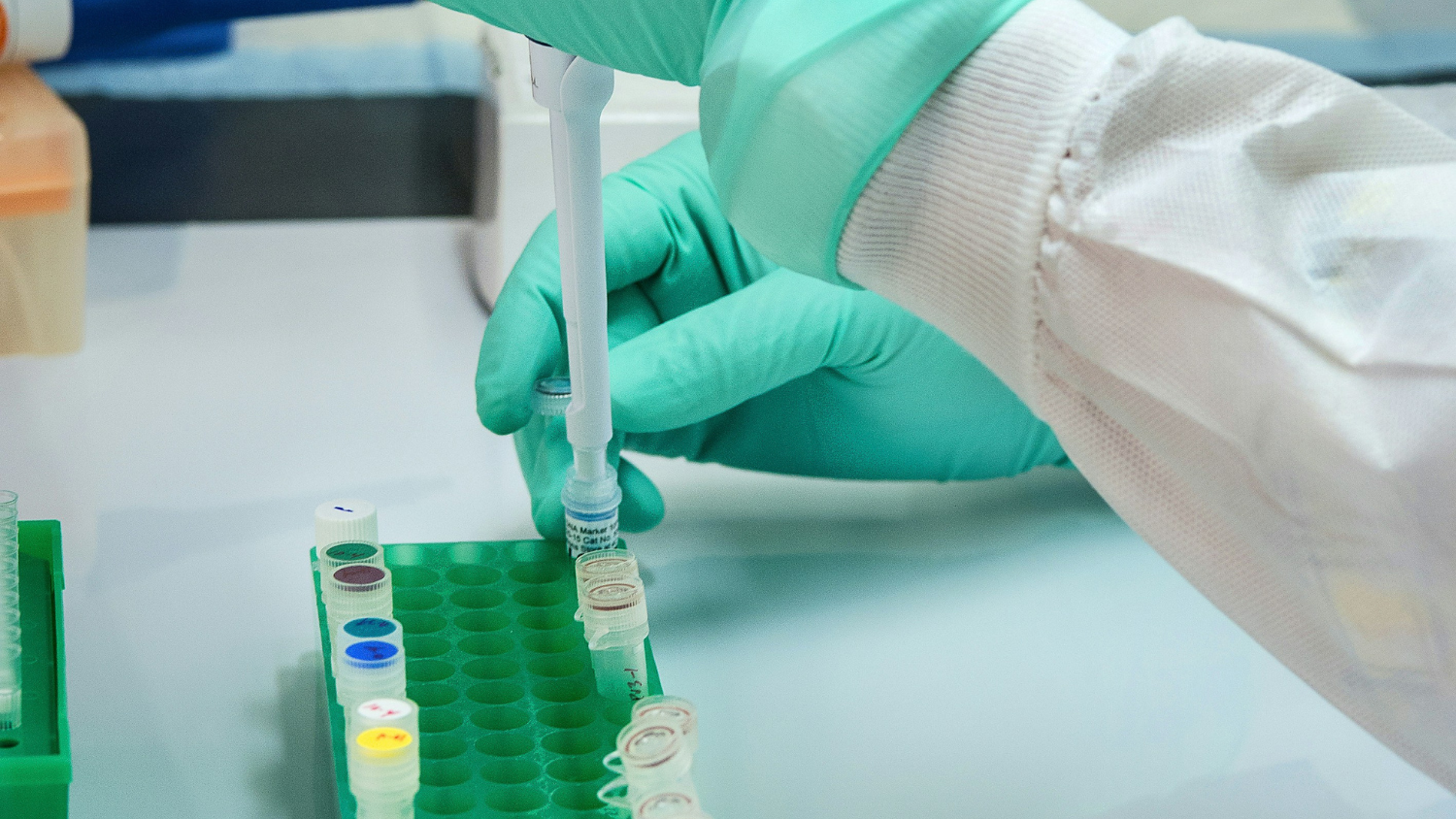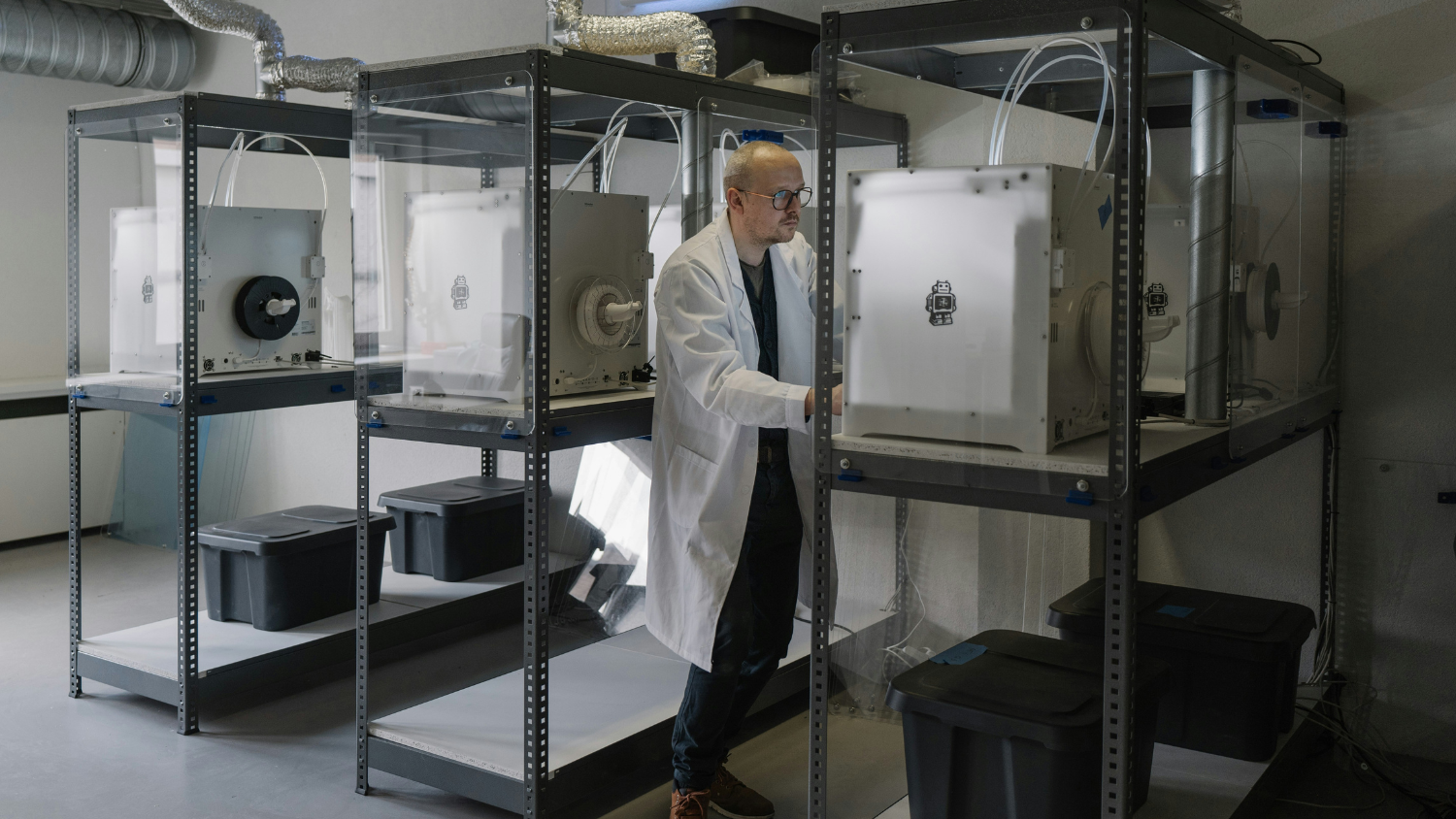Articles
Our team of experts produce regular content to shine a light on the latest news and trending topics within key areas of research. Read our latest articles to find out more about our new product lines, customer research highlights and corporate milestones.
.png?width=50)
Essential Metals and the Human Body: Balancing Health and Disease
Metals are fundamental to life, shaping countless biological processes essential to human health. From enabling enzyme functions to regulating cellular activity, metals like sodium, magnesium, and zinc play pivotal roles in maintaining the body’s equilibrium.

Advanced Metals in Formula 1: Engineering Excellence on the Fast Track
Formula 1 racing has evolved into a high-stakes arena where engineering precision defines the line between victory and defeat. With teams like Red Bull, Mercedes, and Ferrari competing at the highest level, materials play a crucial role in achieving that competitive edge.
.png?width=50)
The Role of Precious Metals in Medical Devices: Advancing Research and Innovation
Precious metals like gold, silver, and platinum are not just valuable in the financial markets—they play a critical role in the advancement of medical technology. At Advent Research Materials, we work closely with leading medical research institutes and universities worldwide to support cutting-edge projects that incorporate these metals.
.png?width=50)
Constantan Wire: A Key Material for Precision Measurement and Engineering
Constantan is an extraordinary copper-nickel alloy that has revolutionised various industrial and scientific applications. At Advent Research Materials, we supply Constantan exclusively in wire form, and its unique properties make it indispensable across numerous sectors. Discover why is it favoured by engineers, researchers and innovators around the world.
.png?width=50)
Indium: The Hidden Element Behind Your TV Screen
Indium is a soft, silvery-white metal that’s essential in the production of Indium Tin Oxide (ITO). ITO is the invisible hero of modern flat screen TVs, as it forms a thin, transparent, and conductive layer on the display.
.png?width=50)
Additive Manufacturing and High-Purity Indium: 3D Printing in Electronics
Additive manufacturing, commonly known as 3D printing, has revolutionised numerous industries, from healthcare to aerospace. However, its impact on the electronics industry is particularly noteworthy, especially with the inclusion of high-purity metals like indium.
_1.png?width=50)
Why High-Purity Aluminium is Essential for Aerospace Innovation and Space Missions
As humanity pushes the boundaries of space exploration and aerospace innovation, materials that offer both strength and lightness have become critical. One such material leading the charge is high-purity aluminium. Its unique properties, such as an excellent strength-to-weight ratio, corrosion resistance, and high thermal conductivity, make it indispensable for the aerospace sector.
.png?width=50)
The Role of High-Purity Metals in Green Energy and Decarbonisation
As industries worldwide strive to reduce their carbon footprint, high-purity metals are proving indispensable in the green energy revolution. From enhancing the efficiency of renewable energy technologies to contributing to more sustainable manufacturing processes, these materials are at the heart of decarbonisation efforts.
.png?width=50)
How Self-Healing Metals Are Set to Transform Advanced Manufacturing
Imagine a world where metals can autonomously repair themselves, just as living tissues do, without the need for human intervention. While this might sound like something from science fiction, recent advances in materials science are bringing self-healing metals closer to reality.
.png?width=50)
Managing Director, Chris Goodfellow, Shines at ÖTILLÖ Swimrun World Championships
This past weekend, Advent Research Materials’ Managing Director, Chris Goodfellow, took on one of the most prestigious and challenging endurance races in the world – the ÖTILLÖ Swimrun World Championships.

Copper Crunch: Can Supply Meet Demand in the Race Toward a Green Future?
As the world pivots toward renewable energy and electrification, one critical material is emerging as a cornerstone for this transition: copper. Widely used in electrical wiring, motors, renewable energy systems, and electric vehicles (EVs), copper’s role in enabling the green revolution is unquestionable. However, as demand soars, significant supply chain challenges loom that could jeopardise the pace of this transformation.
.png?width=50)
The Critical Role of Medical-Grade Materials in Advancing Healthcare
This blog explores the top medical-grade materials shaping modern healthcare and the critical factors to consider when choosing the right materials for medical products.
.png?width=50)
Tungsten Wire in Action: Supporting Breakthroughs in Medical, Aerospace, and Electronics Industries
Among its many forms, tungsten wire is a particularly critical material, indispensable across various high-tech industries. From medical imaging to aerospace engineering, tungsten wire’s unique properties make it a vital component in applications where performance, reliability, and durability are non-negotiable.
_4.png?width=50)
Platinum and the Electric Vehicle Revolution
The electric vehicle (EV) revolution is not only transforming automotive technology but also the demand for key materials like platinum. Traditionally used in catalytic converters for internal combustion engines, platinum's role is evolving as the industry shifts toward EVs.

The Versatility and Applications of Polyimide Film in Advanced R&D
Polyimide film is a vital material in cutting-edge research and development due to its outstanding thermal stability, chemical resistance, and mechanical robustness.